Settings
The Settings tab in Knowledge Base Settings allows you to configure how your documents are processed and chunked. These settings control how content is divided into chunks, which affects how the AI agent retrieves and uses information from your knowledge base.Overview
The Settings tab includes:- Chunking Strategy - How documents are split into chunks
- Chunk Configuration - Size and overlap settings for chunks
- Chunk Enhancement Settings - Optional AI-powered chunk enrichment
Accessing Settings
- Navigate to Knowledge Base in the sidebar
- Go to the KB Data section
- Click the Settings icon (gear icon)
- Select the Settings tab
Chunking Strategy
The chunking strategy determines how documents are divided into smaller, processable chunks for embedding and retrieval.Sentence Chunking
Divides text into chunks based on sentence boundaries, ensuring that each chunk contains complete sentences. Best For:- Natural language documents
- Preserving sentence context
- General-purpose content
- Uses sentence tokenizer for natural language boundaries
- Ensures chunks contain complete sentences
- Maintains readability and context
Semantic Chunking
Divides text into semantically meaningful chunks, which may not align with sentence boundaries. Best For:- Complex documents
- Preserving semantic context
- Advanced retrieval needs
- Automatically determines chunk boundaries
- Preserves semantic meaning
- May not align with sentence boundaries
Chunk Configuration
Chunk configuration appears when you select Sentence Chunking. This allows you to fine-tune how documents are divided.Chunk Size
The maximum size of each chunk in tokens/characters. Default: 64 Recommendation: 64-512 tokens for most use cases Considerations:- Larger chunks preserve more context but may be less precise for retrieval
- Smaller chunks are more precise but may lose context
- Balance between context preservation and retrieval accuracy
- Select Sentence Chunking as your chunking strategy
- Enter the desired chunk size in the Chunk Size field
- Value must be at least 1
Chunk Overlap
The number of overlapping tokens/characters between adjacent chunks. This helps maintain context across chunk boundaries. Default: 6 Recommendation: 10-20% of the set chunk size Considerations:- Overlap ensures important information isn’t split across chunk boundaries
- Too much overlap wastes storage and processing
- Too little overlap may lose context between chunks
- Select Sentence Chunking as your chunking strategy
- Enter the desired overlap in the Chunk Overlap field
- Value must be non-negative and less than chunk size
- If chunk size is 64, recommended overlap is 6-13 tokens
- If chunk size is 512, recommended overlap is 51-102 tokens
Chunk Enhancement Settings
Chunk enhancement uses AI to enhance chunks with additional context and metadata for better retrieval.Chunk Enrichment
Enable chunk enrichment to enhance chunks with additional context for better retrieval. Benefits:- Better search accuracy
- Improved context understanding
- Enhanced retrieval quality
- Toggle the Chunk Enrichment switch to enable
- Select an LLM Model for enrichment (required when enabled)
- Save settings
- Increases processing time
- Requires LLM model selection
- Adds computational cost
- Improves search quality
LLM Model Selection
When chunk enrichment is enabled, you must select an LLM model for chunk enrichment and content analysis. Available Models:- All predefined models (GPT-4o, Claude, Gemini, etc.)
- Custom models configured in your project
- Enable Chunk Enrichment
- Click the LLM Model dropdown
- Select the desired model from the list
- Save settings
- Use models with strong reasoning capabilities for better enrichment
- Consider processing time vs. quality trade-offs
- Test different models to find the best fit for your content
Saving and Applying Settings
Save Settings
Saves your configuration but only applies to new documents synced or added going forward. Steps:- Configure your settings
- Click Save Settings
- Settings are saved to the database
- New documents will use these settings
Apply to All Documents
Re-indexes all existing documents in your knowledge base with the current settings. Steps:- Configure and save your settings
- Click Apply to All Documents
- Confirm the action in the modal
- Monitor progress as documents are re-synced
- All documents are re-synced with new settings
- Chunks are regenerated with new configuration
- Embeddings are updated
- Process runs in the background
- Real-time updates on document sync status
- Success/failure status for each document
- Total files processed indicator
Best Practices
Chunking Strategy Selection
- Start with Sentence Chunking - Best for most use cases
- Use Semantic Chunking - For complex or technical documents
- Test Both - Compare retrieval quality for your content
Chunk Size Configuration
- Start with Default (64) - Good baseline for most content
- Increase for Context-Heavy Content - Documents requiring more context
- Decrease for Precise Retrieval - When exact matches are important
- Test Different Sizes - Find optimal size for your use case
Chunk Overlap Configuration
- Use 10-20% of Chunk Size - Recommended range
- Increase for Critical Information - When context is essential
- Decrease for Storage Efficiency - When storage is a concern
- Balance Context vs. Efficiency - Find the sweet spot
Chunk Enrichment
- Enable for Complex Content - When simple chunking isn’t enough
- Select Appropriate Model - Use models with strong reasoning
- Monitor Performance - Watch for processing time increases
- Test Quality Improvements - Verify enhanced retrieval quality
Troubleshooting
Settings Not Applied
Problem: Settings saved but documents not using new configuration Solutions:- Click Apply to All Documents to re-index existing documents
- Verify settings were saved correctly
- Check if new documents are using the settings
- Wait for background sync to complete
Poor Retrieval Quality
Problem: AI agent not finding relevant information Solutions:- Adjust chunk size (try larger chunks for more context)
- Increase chunk overlap
- Enable chunk enrichment
- Test different chunking strategies
Processing Time Issues
Problem: Documents taking too long to process Solutions:- Reduce chunk size
- Disable chunk enrichment
- Use faster LLM models for enrichment
- Check document size and complexity
Related Features
- Connectors - Integrate external data sources
- Crawlers - Automatically fetch web content
- Sync & Schedule - Manage sync schedules
- Templates - Create response templates
Connectors
Learn about connecting external data sources
Crawlers
Learn about web crawlers
Sync & Schedule
Learn about sync scheduling

